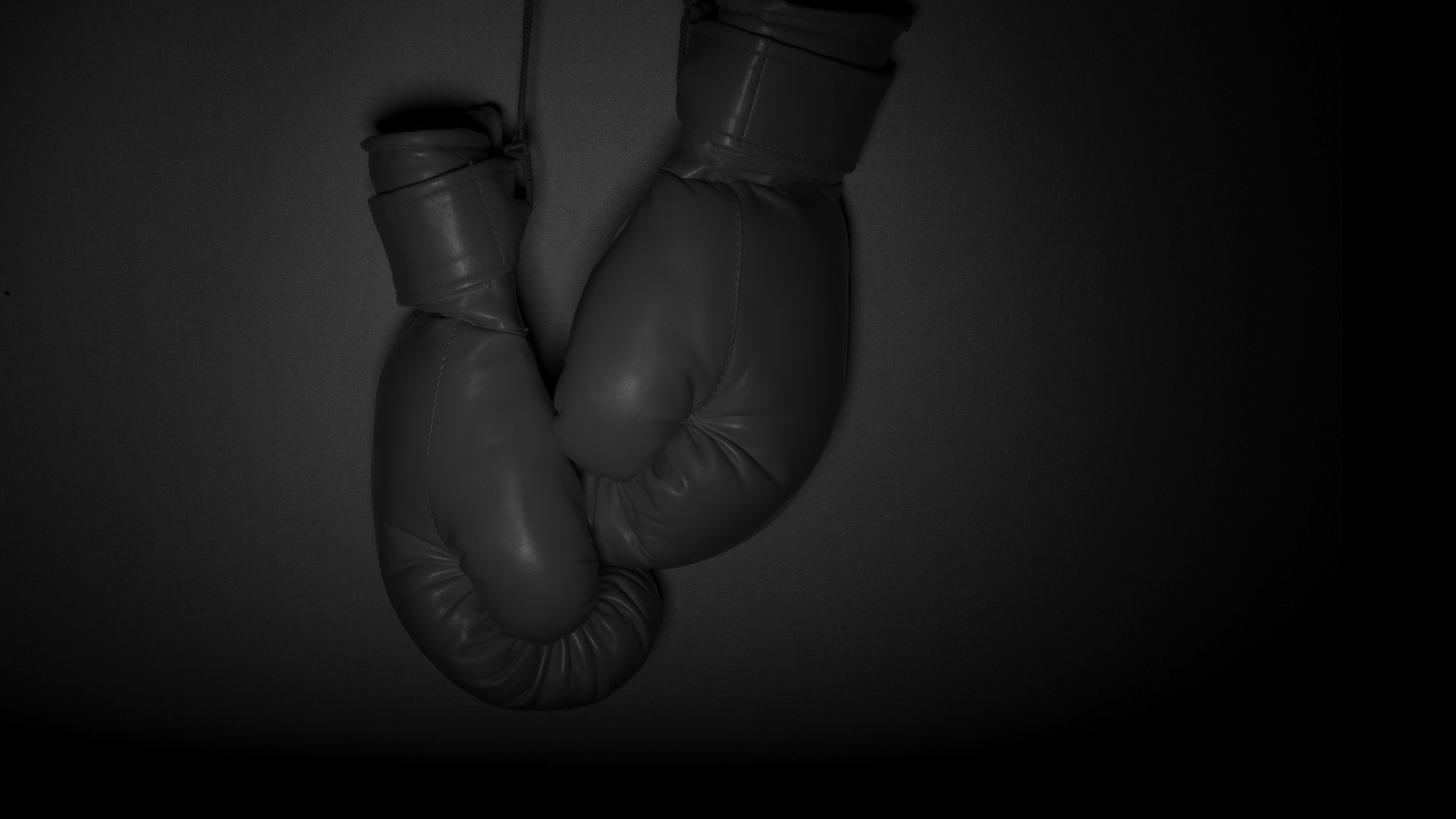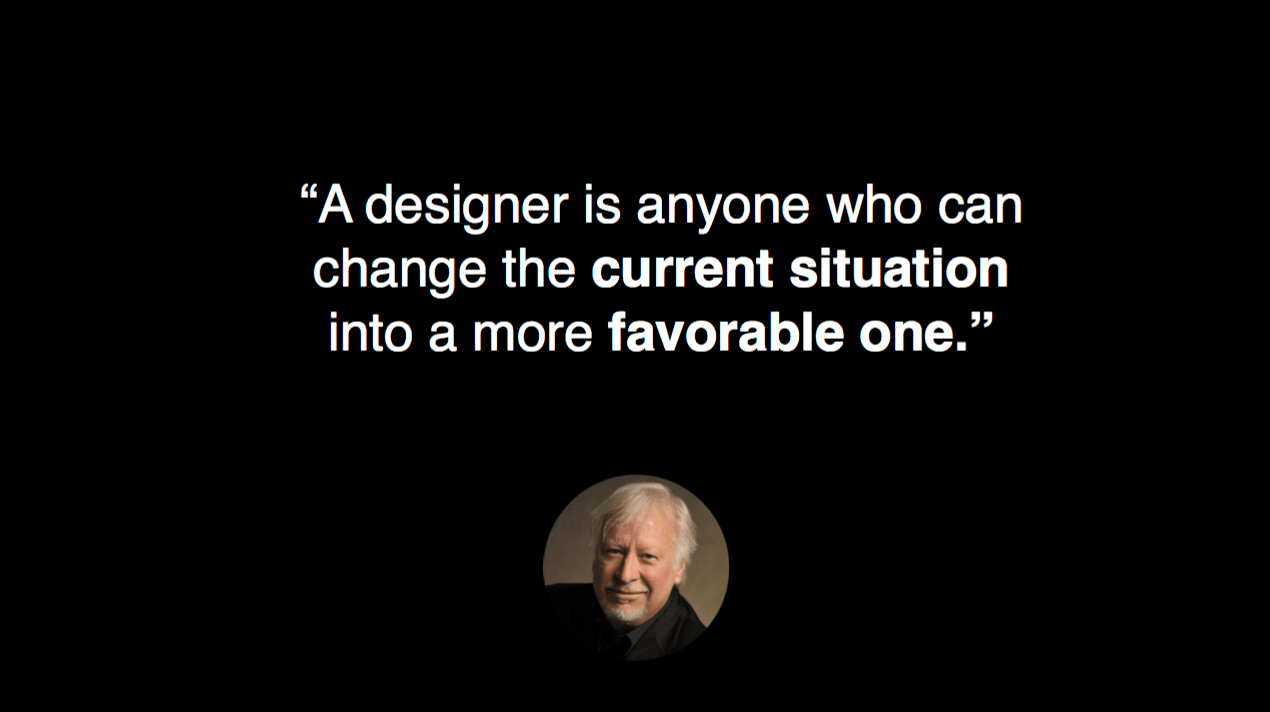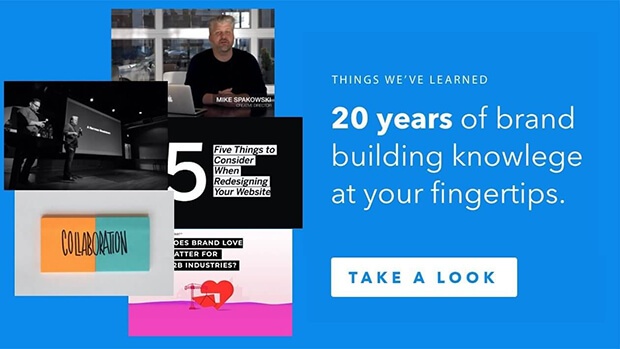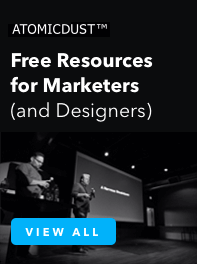You Can’t Compete If You’re Stuck in the Middle
Every day, businesses and marketing teams fight to get a leg up over their competition. We’re flooded with new tools, new tactics and new channels that dangle victory in front of us like a carrot.
In my experience, marketing really comes down to a handful of core ideas that a lot of businesses get wrong – and I don’t mean ideas based on tools or technologies. Here’s one of the simplest ideas to express, but one of the toughest to follow through on:
To be competitive, you have to either be cheap or different.
In other words, you have two options: be the low-cost leader and use that as your primary way to attract customers, or operate so differently that you possibly create an entirely new category in the process, ensuring customers can’t easily compare you to your competition.
For example, Acer vs. Apple. Both companies make computers. Acer is the low-cost leader, but Apple sells people a lifestyle.
Toys“R”Us vs. Build-A-Bear. Build-A-Bear has fostered a unique approach to the toy industry, where you can significantly customize the toy itself. They’re in a category of their own.
Walmart vs. Target. Both sell similar merchandise, but one is clearly positioned as the low-cost leader while the other promotes shopping as a way toward a better, happier, well-designed lifestyle.
These differences aren’t just part of a marketing approach; they’re fundamental cultural elements that drive decisions on how these companies operate.
Here’s the thing to remember: both positions work. As long as your position attracts customers that see the world the same way you do (ex. “cheaper is better”), and makes your business profitable, it’s a strong foundation for your marketing and messaging.
The Dreaded Middle
If the low-cost leaders are on one end of the spectrum, and the uniquely positioned businesses are on the other, everyone else falls somewhere in the middle.
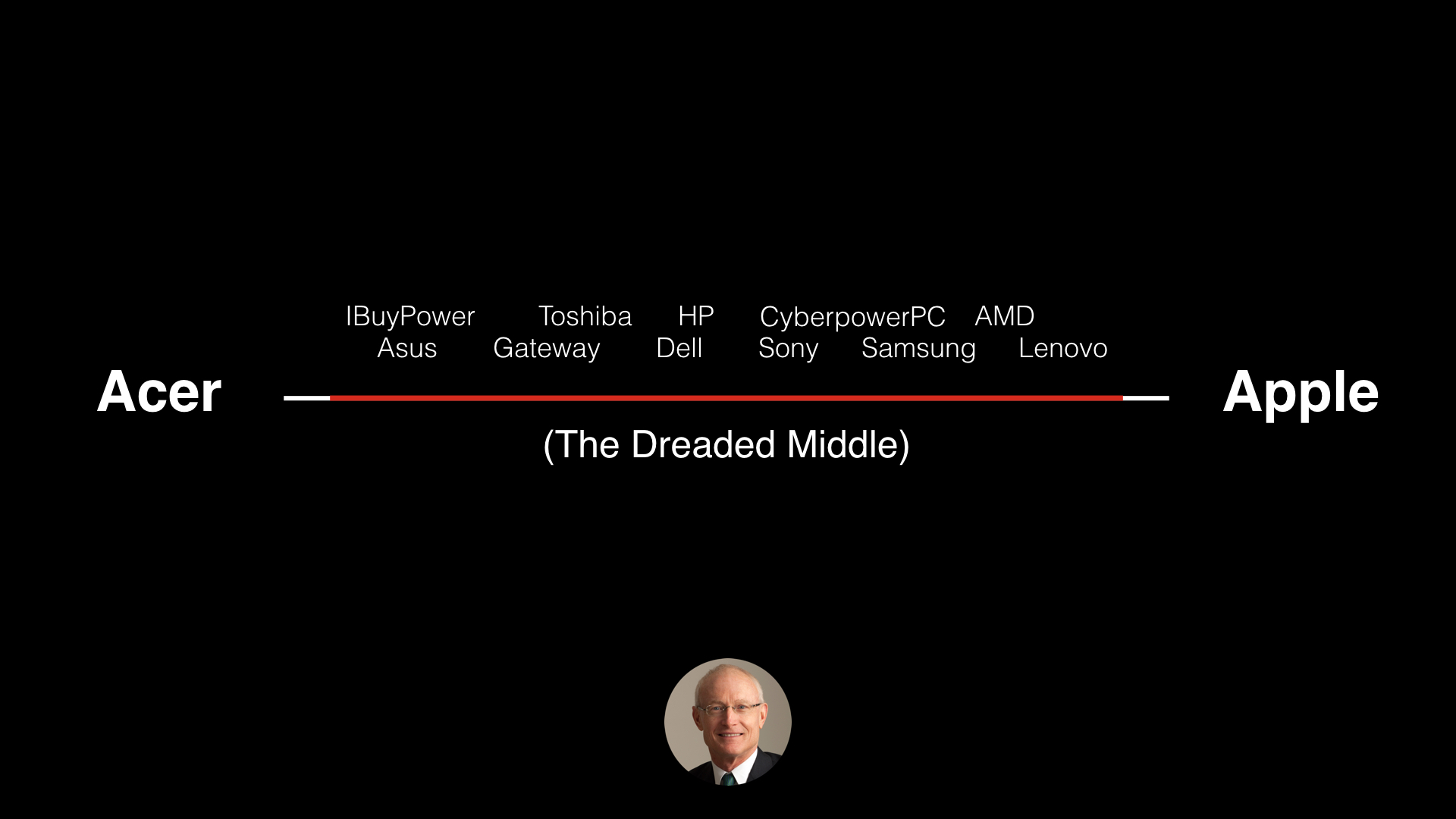
Famed competitive-strategy author Michael Porter believes that most businesses are somewhere in the middle, and that they face a constant struggle to take market share from their similarly priced and similarly positioned rivals.
The middle is the worst place to be. In the middle, products and services are so similar that consumers can barely tell them apart. You won’t just find yourself competing on price, you’ll spend a lot of time worrying if (or when) your customers are going to replace you with a similar competitor.
The fear of being replaced by a rival often paralyzes businesses into a defensive and stagnant state. They’re hesitant to try anything new. They’re afraid to rock the boat.
They’re stuck in the middle.
Designing for Competitive Advantage
When a business doesn’t have a strong differentiated position, its marketing is based solely on tactics and discounts. Or it’s full of soft language like “Our people make the difference” and “We have the best service.” These are great sentiments, but they can be easily copied by competitors, and they’re not always a compelling enough reason to buy.
When businesses recognize that they aren’t very different, they often turn to marketing to create the illusion of difference. But the most effective marketing is a really a reflection of how a business uniquely operates from order to fulfillment.
That means that if you want to create market difference that gives your organization a competitive advantage, you have to design it.
When I say design, I don’t mean graphic design. I’m not talking about a new website, or a marketing campaign. I don’t mean a brand identity or visual artifacts.
Design is a mindset. It’s consciously looking for new ways to improve. It’s rethinking the sales cycle, refining customer experience, and adding value to the product.
Marty Neumeier says that a designer is anyone who tries to change the current situation into a more favorable one. Newer design disciplines like user experience design and service design embody this spirit, and businesses are using these approaches to avoid the middle, lead their market, and make their competitors seem like commodities.
Design thinking lets organizations bridge the gap between what is and what could be, creating giant barriers to competition along the way. Bottom line: competitive advantage doesn’t just happen. It’s designed and built, and when it’s done right, it becomes culture.
At Atomicdust, we believe design can make brands stronger and businesses more competitive. We recently gave a presentation on creating competitive advantage – click here to watch the full presentation and download the PDF version.
